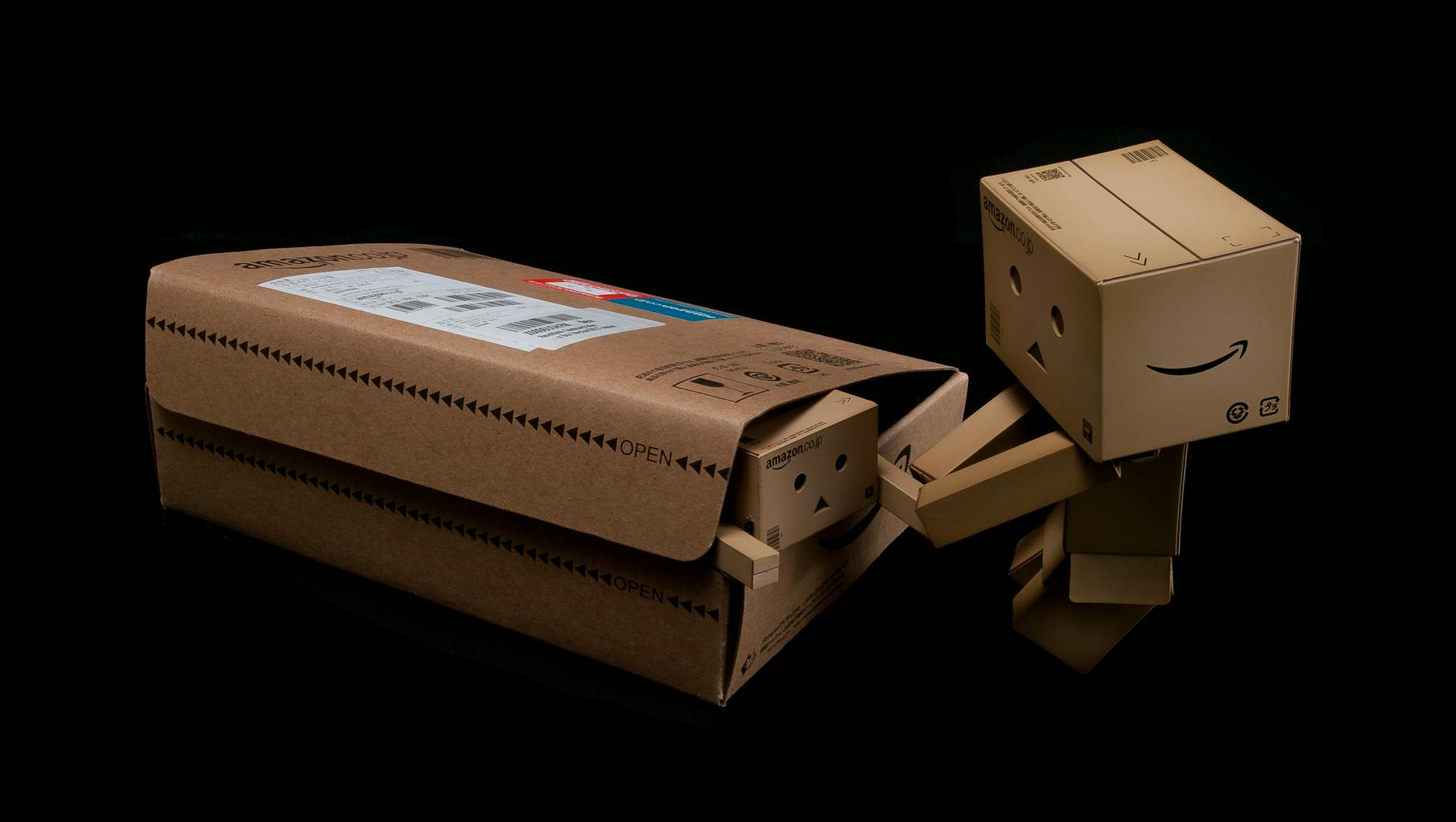“`html
Amazon Tests Humanoid Robots for Van-Based Package Delivery
Imagine a future where your Amazon package isn’t delivered by a friendly driver but by a nimble, two-legged robot that springs out of a van like something from a sci-fi movie. According to a recent report, that future might be closer than we think. Amazon is reportedly developing humanoid robots designed to deploy from its fleet of delivery vans, testing them at a dedicated “humanoid park” in San Francisco. The question on everyone’s lips? “Who ordered this?”
What Are Amazon’s Humanoid Delivery Robots?
Unlike Amazon’s wheeled Scout robots or aerial drones, these new humanoid bots are built to mimic human movement. Standing on two legs and equipped with two arms, they’re electric-powered and designed to handle packages with surprising dexterity. The standout feature? Their ability to quickly exit delivery vans—almost like a sprinter leaping off the starting blocks—to drop off parcels at doorsteps, lockers, or even apartment lobbies.
This design is a stark contrast to bulkier, wheeled delivery bots that struggle with curbs or stairs. By adopting a humanoid form, Amazon’s robots could navigate uneven sidewalks, steps, and other obstacles that have traditionally been hurdles for automation.
How Will the Robots Work?
The process sounds like something out of a high-tech heist. A delivery van pulls up, the rear doors swing open, and the robot—trained at Amazon’s “humanoid park”—steps out, package in hand. Using advanced sensors and AI, it would scan its surroundings, identify the safest path to the delivery point, and place the item securely before returning to the van.
At the San Francisco testing facility, these robots are reportedly being put through rigorous simulations: climbing stairs, avoiding pedestrians, and even handling unexpected scenarios like pets or bad weather. It’s like boot camp for robots, preparing them for the unpredictable nature of real-world deliveries.
Why Is Amazon Investing in Humanoid Robots?
Amazon’s obsession with automation is no secret. From warehouse robots to drone delivery trials, the company has long sought ways to speed up logistics while cutting costs. Humanoid robots could be the next leap—reducing reliance on human drivers for last-mile deliveries, especially in urban areas where parking and traffic slow things down.
But is this just about efficiency? Probably not. With competitors like FedEx testing similar tech and startups pushing humanoid robotics forward, Amazon likely sees this as a necessary step to stay ahead. After all, if robots can handle deliveries faster and cheaper, why wouldn’t a $2 trillion company take the gamble?
Where Are the Robots Being Tested?
The heart of the action is reportedly a specialized facility in San Francisco dubbed the “humanoid park.” Here, engineers simulate real-world conditions to train the robots, fine-tuning their movements and decision-making. While there’s no word yet on public trials, experts speculate that dense, tech-savvy cities like Seattle or Austin could be next.
Of course, regulatory hurdles loom. How will cities react to robots sharing sidewalks with pedestrians? What happens if one malfunctions? Amazon will need to convince both lawmakers and the public that these bots are safe—and worth the trade-offs.
Public and Industry Reactions
Social media had a field day with the news, with memes joking about robots “sneakily” dropping packages or even ringing doorbells. But beyond the humor, experts are divided. Some praise the innovation, comparing it to the early days of self-checkout—clunky at first, but eventually ubiquitous. Others are skeptical, arguing that humanoid robots are overengineered for a task that simpler machines could handle.
Then there’s the workforce concern. With over a million Amazon delivery drivers worldwide, could robots eventually replace jobs? The company insists automation will “augment” human labor, not eliminate it—but not everyone’s convinced.
Challenges and Concerns
The road to robot deliveries isn’t without potholes. Battery life, for one: how many deliveries can a robot make before needing a recharge? Then there’s navigation—urban environments are chaotic, and even the best AI can struggle with unpredictable humans, pets, or construction zones.
Privacy is another hot-button issue. Will these robots record video or audio while making deliveries? And what happens if one is vandalized or stolen? Amazon will need airtight answers before these bots hit mainstream streets.
The Future of Amazon’s Humanoid Delivery Robots
If testing goes smoothly, we could see limited deployments within the next few years. But widespread adoption? That’s likely a decade away. In the meantime, these robots might first assist in warehouses—a safer, controlled environment to prove their worth.
Long-term, this could revolutionize more than just deliveries. Picture robots restocking shelves, assisting in disaster zones, or even helping the elderly with groceries. Amazon’s bet on humanoids isn’t just about packages—it’s about laying the groundwork for a robot-augmented future.
Conclusion
Amazon’s humanoid delivery robots are equal parts fascinating and unsettling. They promise faster, cheaper deliveries but raise tough questions about safety, privacy, and employment. Whether they’ll become as commonplace as delivery vans remains to be seen—but one thing’s certain: the age of robot couriers is dawning.
Would you trust a humanoid robot to deliver your packages? Drop your thoughts in the comments.
Source: NY Post – Tech
“`













One thought on “Amazon Tests Humanoid Robots for Van-Based Package Delivery”